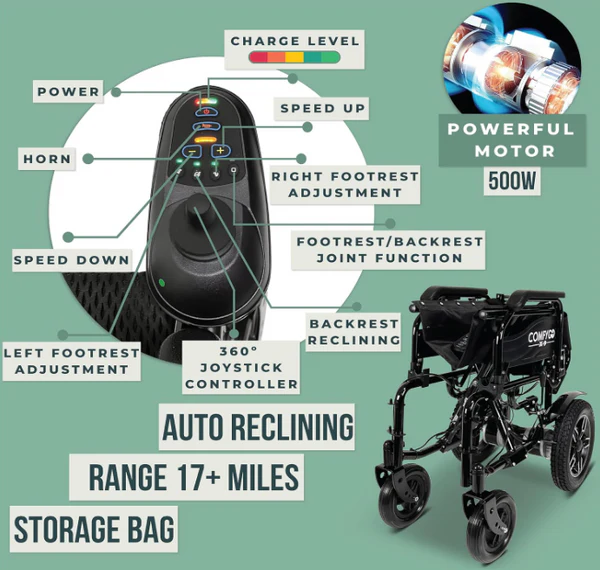The Visual Sensory Perceptual System
Attention is guided by stimulus strength and sensory interaction, while sensation is shaped by stimuli, perception systems, and environmental factors. Perception occurs in two stages: bottom-up (sensory) processing, based on external input, and top-down (cognitive) processing, influenced by prior knowledge. Since sensory principles are universal, designers can leverage them to create more accessible products. This paper focuses on visual perception in the design of an electric wheelchair controller.


Visual Pre-attentive Processing and Pattern Formation
The early perceptual system detects patterns through shared visual qualities, with pre-attentive processing enabling rapid pattern recognition within 250 milliseconds. This ability, shaped by evolution, is crucial for interpreting visual cues and making quick decisions. Understanding these processes helps designers create clear visual hierarchies for accessible and efficient interfaces. This paper focuses on pre-attentive processing and a design review of an Air Quality Index website dashboard.


Long-Term Memory Organization and Dynamics
Humans are anticipatory systems, using predictive models to interpret sensory data through both bottom-up and top-down processing. The brain seamlessly integrates new information with prior knowledge, shaping perception in dynamic environments. This paper examines long-term memory, the influence of prior knowledge on perception, and the cognitive differences between novices and experts, followed by a design review of Chess.com.


Metacognition and Decision-Making
Metacognition, or awareness of one’s cognitive processes, helps prioritize attention, assess knowledge, and adjust strategies for decision-making. It influences engagement and performance, creating a feedback loop that sustains focus. Designers can apply these principles to enhance engagement and decision-making in products. This paper describes the various stages of metacognition and its role in decision-making, followed by a design review of an airport assistant mobile application.

Working Memory, Cognitive Load, and Role of Emotions
Working memory (WM) temporarily stores and manipulates information for cognitive tasks like problem-solving and decision-making. It interacts with long-term memory but has limited capacity, influencing attention and task performance. When demands exceed WM capacity, cognitive load increases, affecting efficiency. Understanding WM limitations helps UX designers optimize interfaces and reduce cognitive strain. This paper explores WM, cognitive load, and its influencing factors, followed by a design review of the Calendly appointment booking service.


